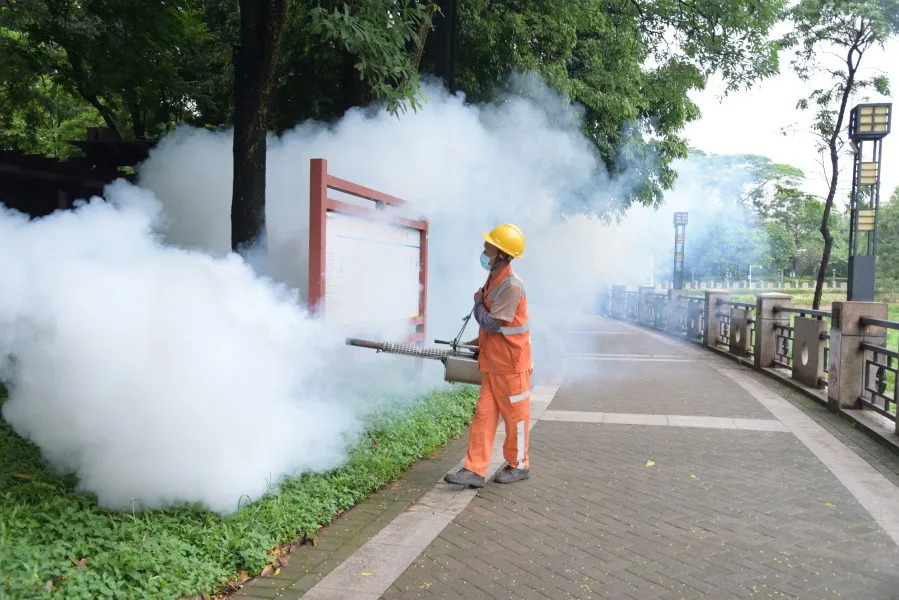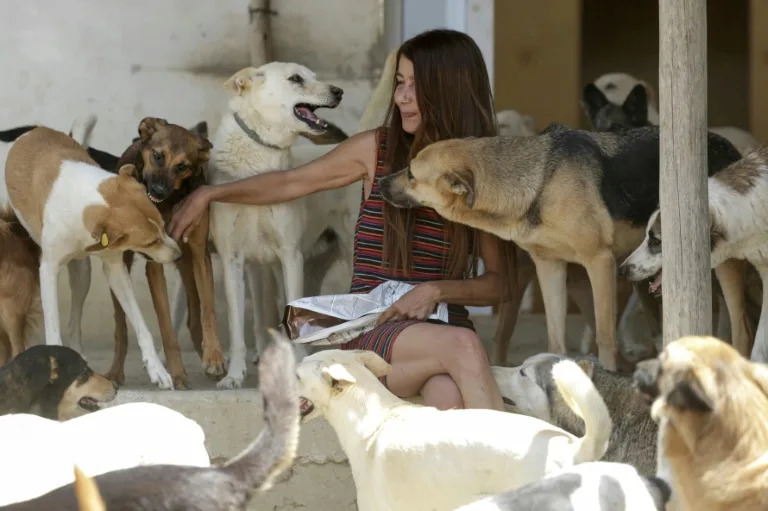By Sarah Morland
MEXICO CITY (Reuters) -The Dominican Republic's Foreign Minister Roberto Alvarez and top Mexican officials have proposed creating a bilateral roundtable to address the environmental impacts of sargassum seaweed on the countries' Caribbean coastlines, his office said on Wednesday.
WHY IT'S IMPORTANT
Hotel workers are struggling to keep beaches clean as mountains of pungent, decomposing sargassum accumulate on Caribbean coasts, releasing irritant gases, smothering marine ecosystems and hitting occupancy rates at seaside resorts.
CONTEXT
Atlantic sargassum blooms, a type of algae, have dramatically increased over the past decade, fueled by nutrient pollution exacerbated by deforestation, warmer ocean temperatures and changes in sea currents pushing the spread westwards into the Caribbean.
KEY QUOTE
"They proposed the creation of a bilateral inter-institutional roundtable between both countries' foreign and environment ministries to address the environmental threat posed by sargassum," the Dominican government said in a statement.
BY THE NUMBERS
The World Travel and Tourism Council estimates tourism could boost the economies of Mexico and the Dominican Republic by $281 billion and $21 billion respectively in 2025, both breaking fresh records and representing about 15% of GDP.
In June, scientists at Mexico's UNAM university warned of sargassum levels close to double 2018 peaks, adding that some 10% - or 400,000 metric tons - could hit Caribbean coastlines throughout 2025. A quarter could arrive in Mexico, they said.
WHAT'S NEXT
Several nations are looking to repurpose sargassum into usable materials such as biofuels, fertilizers and bioplastics, but removing toxins and heavy metals such as arsenic from the seaweed is costly and research remains in early stages.
There has been limited funding for projects seeking to repurpose sargassum, and the unpredictability of its blooms remains a barrier to investors looking for consistent harvests.
(Reporting by Sarah Morland; Editing by Jamie Freed)





Comments